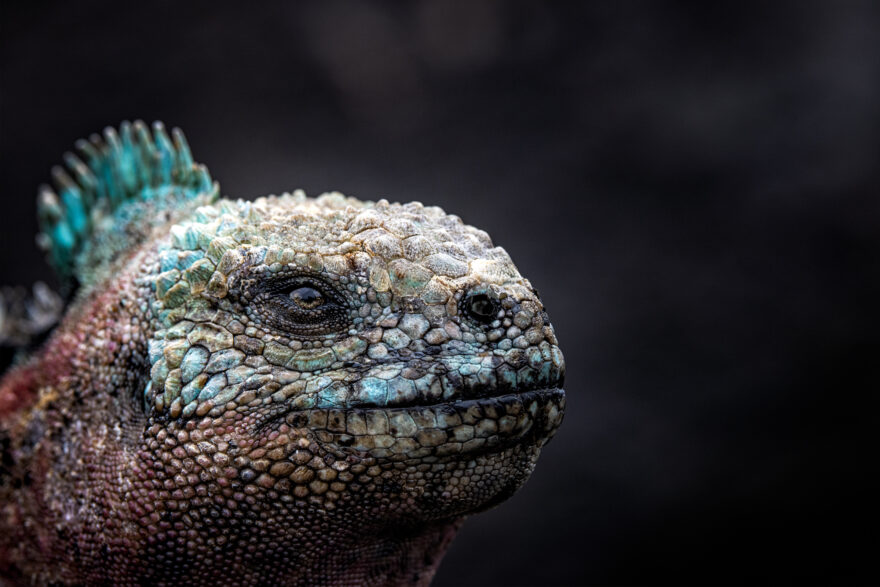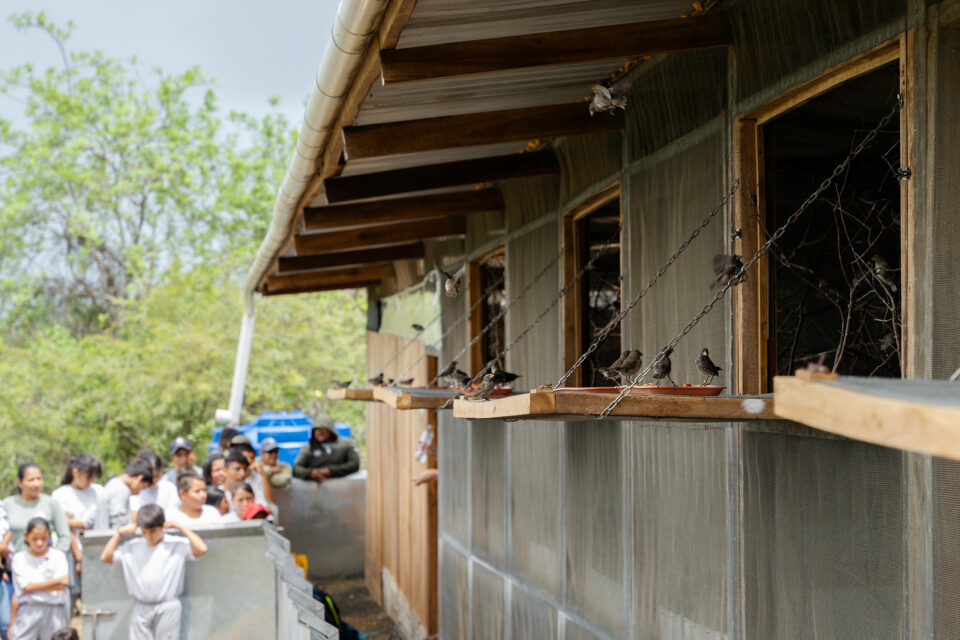

Community Drives Restoration of Floreana Island
Find out how Galapagos Conservation Trust, Island Conservation and other partners are working with the Floreana island community to drive their vision of a more sustainable Floreana.
On Floreana island, conservation and the idea of building a more sustainable future has become an integral part of the daily community discussion. As residents of the sixth largest island in an archipelago known for its rich biodiversity, the Floreana community have watched in disappointment over the years as damaging, invasive rodents contributed to the local extinctions of endemic species and impacted the local economy.
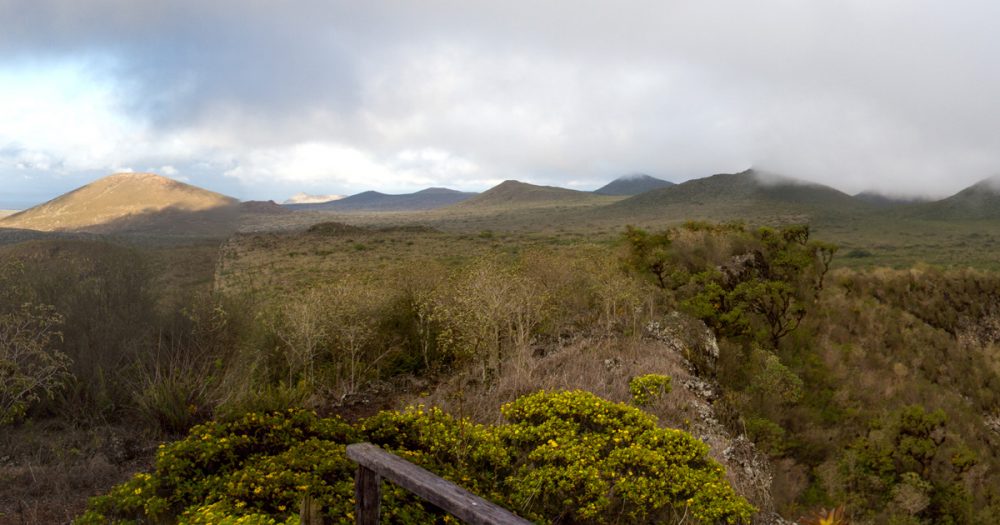
Landscape view of Floreana island © Island Conservation
Now, in an effort to help build a sustainable Floreana, Island Conservation, Galapagos Conservation Trust (GCT) and other partners are working with the community to remove the invasive species that have so drastically impacted the island. One of the most important aspects of the Floreana programme has been the focus on transparent communication with the community to not only save native species but to reinvigorate the local economy through a boost in tourism and more sustainable agricultural practices.
Floreana was once home to some of the world’s most incredible species including the Floreana mockingbird and the Floreana giant tortoise. Now these species are locally extinct. In the case of the mockingbird, they only exist on two off-shore islets – Champion and Gardner. The endemic giant tortoise was considered extinct but genetic testing of tortoises on Isabela island found that whalers had, in fact, transported some Floreana species to the island. After restoration, these native species will have a chance to once again thrive on their home island.
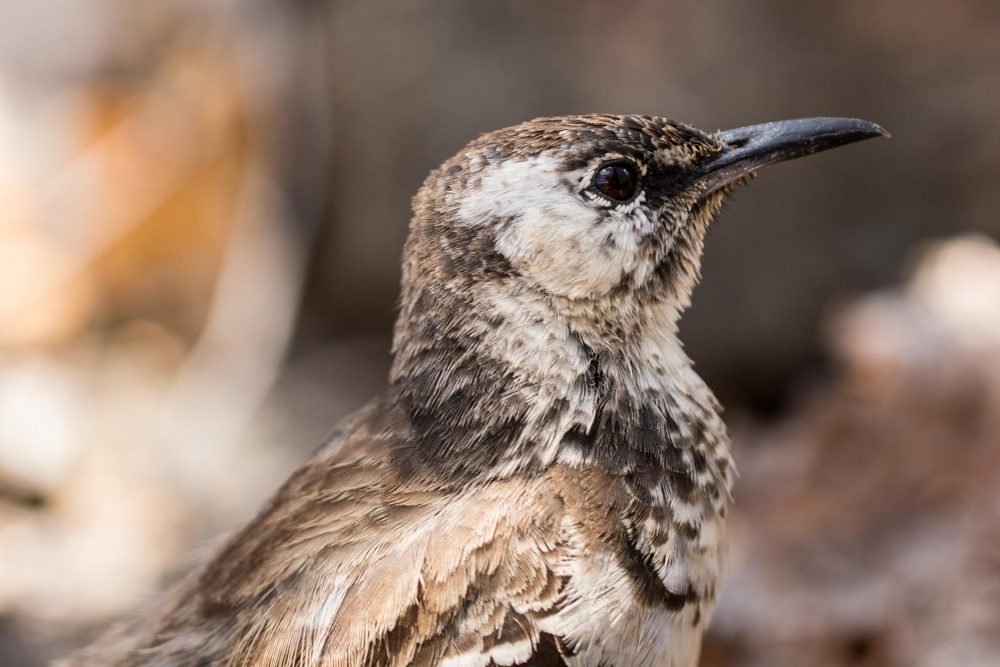
Floreana mockingbird © Bill Weir
As part of building a more sustainable Floreana, one of the key concerns for both conservationists and the community has been the impact that the programme could have on domestic livestock. In the past, free-range livestock has been a concern since more than 98% of the island is managed by the Galapagos National Park and is therefore protected. To address this, and to keep wild and domestic species safe, a few changes needed to be made to the infrastructure of the island.
On Floreana, livestock are vital to the local economy and the community. In order to protect the livestock during implementation of the project, Island Conservation and GCT are working closely with the community to prevent the cows, horses, mules, chickens and pigs from any unintended exposure to conservation bait that will be used to remove the invasive rodents. The solution—shipping containers.
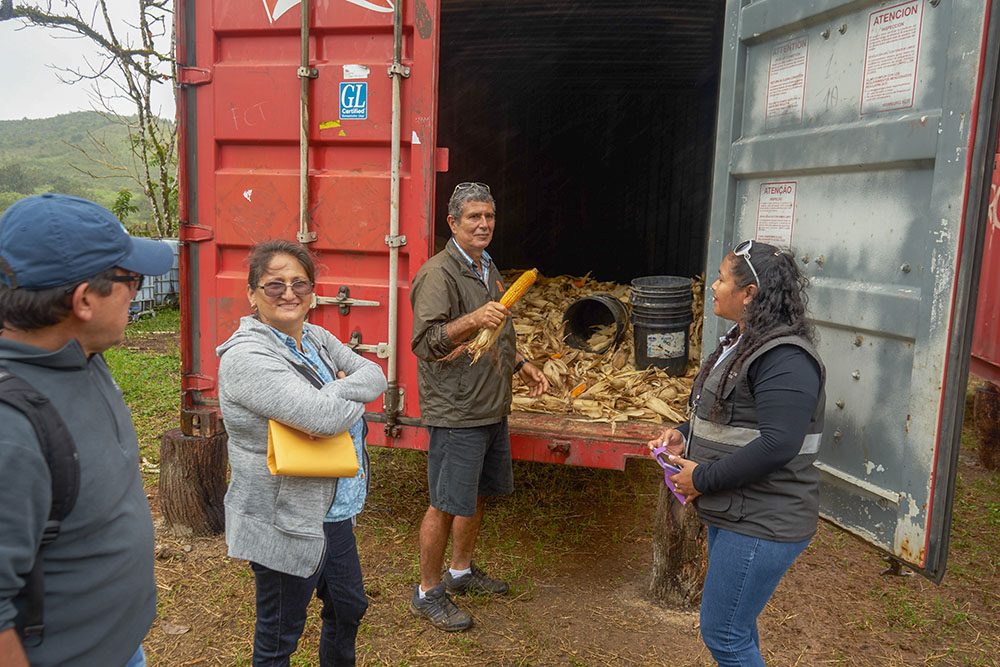
Island restoration specialist, Victor Carrion, explains the use of shipping containers as silage © Island Conservation
Shipping containers will allow the community to safely store grains and resources for their livestock while preventing access to rodents looking for a home or meal. This provides a two-fold benefit as it removes an alternative food source to rodents while protecting livestock feed from possible contamination. Shipping containers are not the only solution-oriented infrastructure necessary for the project. To adequately protect chickens, Island Conservation, GCT and partners are also working with the community to design and build chicken coops which are being distributed to all community members who need them. These coops will not only protect chickens during implementation but will lead to higher production rates long-term, therefore benefiting the community members and local economy.
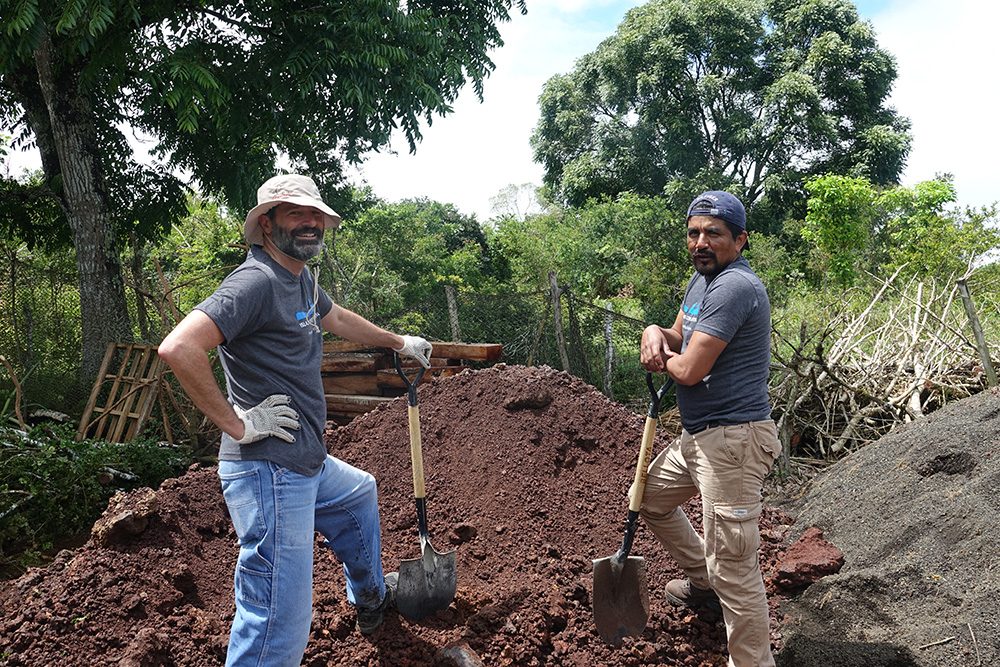
Island Conservation staff members break ground and help build new chicken coops on Floreana © Island Conservation
The Floreana community and partners are excited and hopeful for the future of the island and helping to build a more sustainable Floreana.
Support the Restoring Floreana programme today!
GCT are working on the Restoring Floreana programme with Island Conservation, the Galapagos National Park, Massey University and Durrell Wildlife Conservation Trust.
If you want to find out more about the Restoring Floreana programme, visit our webpage.
If you would like to support the restoration of Floreana, please donate today!
Related articles

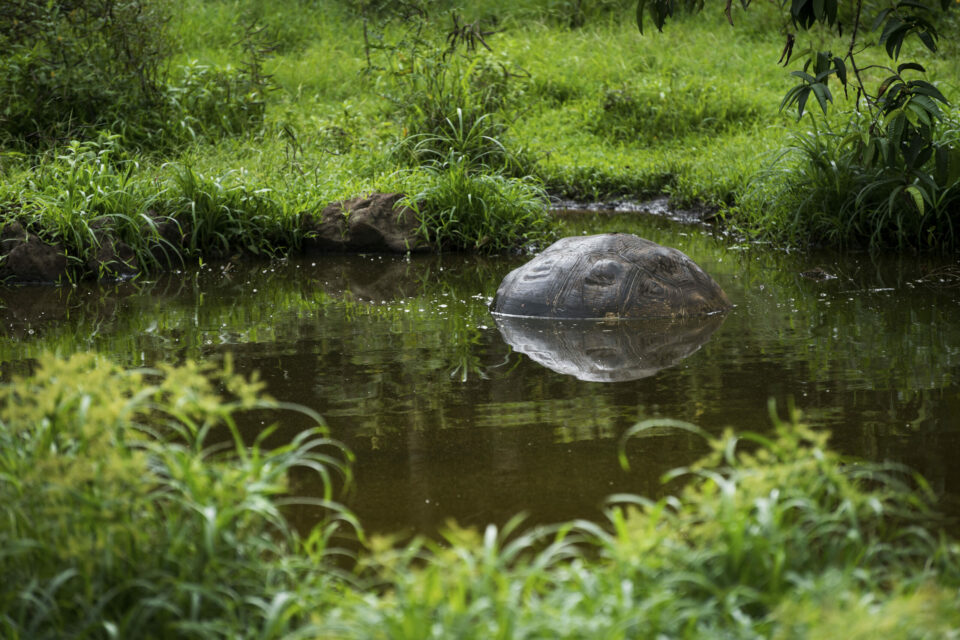
Double your donation to rewild Galapagos with the Big Give


